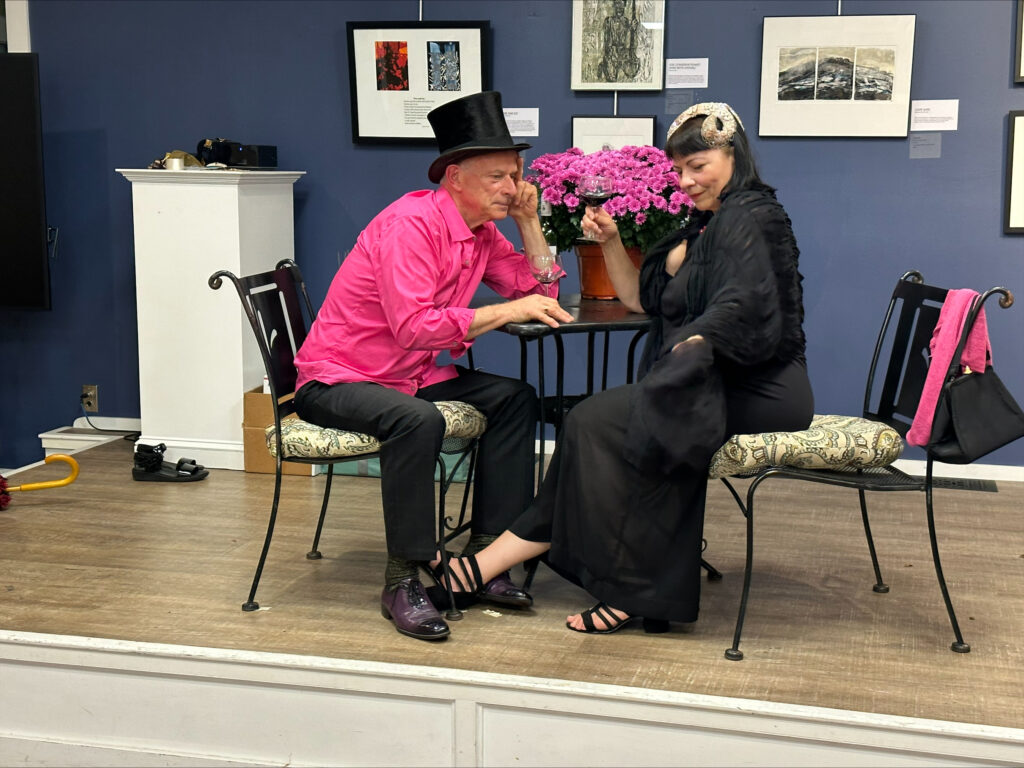
- This event has passed.
Alvin Ross: A Centennial Exhibition
September 18, 2020 - November 1, 2020
A color catalogue will accompany the exhibition with essays by James Bakker and Steven Roderick.
Alvin Ross was born in Vineland, New Jersey in 1920. Ross graduated from the Tyler School of Arts, Temple University, Philadelphia in 1944 and also studied at the Barnes Foundation in Merion, Pennsylvania. Shortly thereafter, he moved to New York City where he studied with Louis Bouche, Franklin Watkins, Peggy Bacon and Earl Horter. Alvin first traveled to Europe in 1949 and attended the Academia di Bella Arti in Florence, Italy in 1951. Ross later became the Chairman of the History of Art Department at Pratt Institute in Brooklyn and was a lecturer on the History of Art and Architecture at the New School for Social Research and the New York School of Interior Design, New York City.
Ross had his first one-man show at the Issacson Gallery in New York City. Other one-man shows included the Pratt Institute (1961,1969), Peridot Gallery, N.Y.C.(1971),Washburn Gallery, N.Y.C.(1973) and Dietrich Stone Gallery, Saint Louis, MO. ( 1974).
Alvin exhibited in group Shows at the National Academy of Design (1958), Museum of Modern Art, N.Y.C. (1960), Art Institute of Chicago (1961), Baltimore Museum of Art, Baltimore, MD (1966), Corcoran Gallery of Art, Washington D.C. (1966) among others. He showed at the Provincetown Group Gallery (1965), Tirca-Karlis Gallery in Provincetown, MA (1973) and was a frequent exhibitor to the Provincetown Art Association (1964, 65, 70, 71, 72, 73, 75).
Ross was invited to Yaddo, Saratoga Springs, New York in 1972 and was elected President of the Provincetown Art Association in 1973. A large collection of his works are included in the permanent collection of the Provincetown Art Association & Museum where a new wing bears his name. Other paintings are part of the collections at the Minneapolis Institute of Art, the Museum of the Rhode Island School of Design and the Whitney Museum of American Art among others.
Alvin Ross died of cancer-related causes in 1975.
At the heyday of Abstract Expressionism, Alvin Ross was an anomaly; his precise, finely-wrought still life paintings, done on a small scale, were the antithesis of the large, impetuously brushed evocations of the Expressionist vein rampaging around him.
Ross was a thoughtful artist, an historian as well as a student of art. His frequent trips abroad confirmed his sense of the past, and his use of realism in a period dominated by abstraction in art.
For more information, click here.



